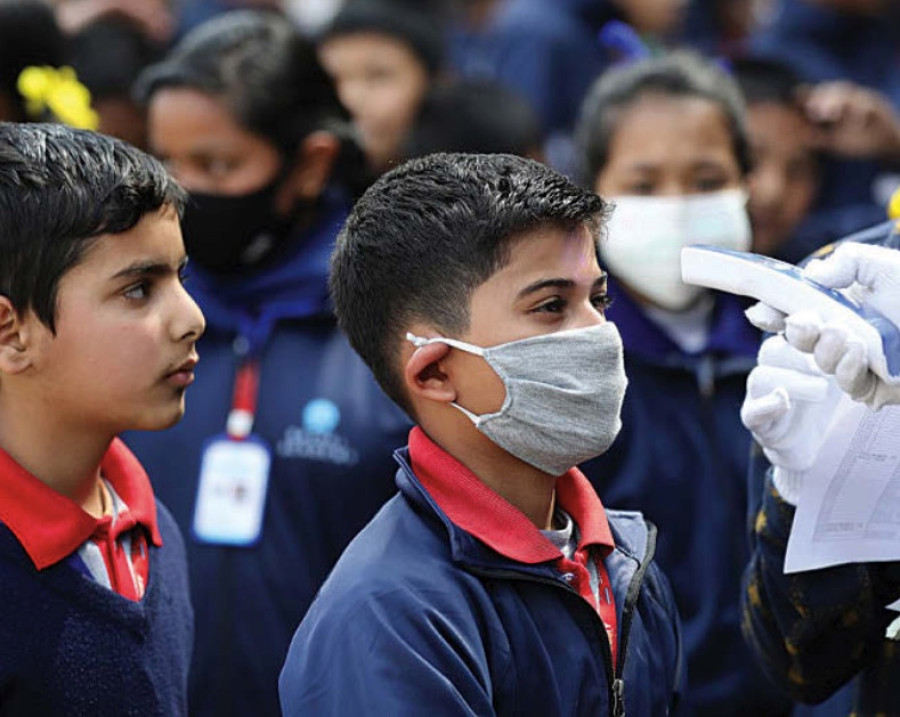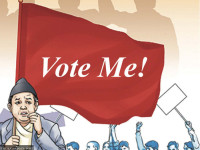Editorial
Schools or lives
Reopening schools requires a thorough assessment of the implications.
As Nepal’s seroprevalence survey shows, 13 percent of the country’s population has been exposed to Covid-19 until September. According to officials, Province 2 tops the list at 23 percent followed by Bagmati at 13 percent. In the Kathmandu Valley, 17 percent of those who participated in the survey had antibodies against the virus. These are alarming figures; epidemiologists warn that a lot more could have been infected by now. Results of seroprevalence surveys conducted in different countries show that their numbers are on the lower side—less than 10 percent.
While the government is undecided whether to conduct a second round of seroprevalence survey, the number of Covid-19 cases, according to the Ministry of Health and Population, has been low; but the number of tests has also taken a dip. As such, we do not know the true scale of the spread of the virus. This raises questions as to whether the decisions made by the government stem from a rational decision-making process rooted in science and vetted by epidemiologists. And this is also the case for opening schools, with which the government is going ahead sans extensive testing, tracing and quarantining.
Lives are still at stake, but the Oli administration is making reckless decisions, one after another, in contrast to what popular wisdom and science would suggest. While we do not have a clear picture to what extent the public gatherings, festivals and public mobility that were unloosed after restrictions were relaxed have contributed to the surge, what is clear is that there is a complete lack of coordination between different tiers of government to contain the pandemic.
Following the cabinet decision last month, various schools across the country including in the Kathmandu Valley have restarted operations after months of closure. While schools and local governments claim they have the safety protocols in place, doctors have warned that reopening schools could be disastrous, especially for senior citizens because children who have a relatively low risk of developing a severe form of infection could act as a medium for the virus to pass on to their grandparents.
As of December 7, around 60 percent of people who died due to Covid-19 were above 60 years of age, and 27.5 percent of the people who died of the infection fall in the 40 to 60 age group. If the government had paid any heed to what epidemiologists had long been warning, these deaths could have been prevented. We need to understand that our Covid-19 situation is fundamentally different from countries which have been able to contain the pandemic in layers and planned reopening of schools in stages.
In Europe and the United States, new cases of infection have spiked after reopening of schools, forcing officials to shut them again. Last month, district officials in Humla were forced to close all educational institutions after 32 students at a school tested positive. Reopening schools, given our fragile situation, requires a thorough assessment of the implications. Congregating thousands of students and teachers for a prolonged period in classrooms is not safe. There is also little confidence that safety protocols can be maintained in schools which are usually crowded. These risks of transmission and a potential outbreak shouldn’t be underestimated because we know by now how dangerous the implications can be for all of us.
If the World Health Organisation’s recommendations make any sense, we should hold back on reopening schools until the rate of positive test results is below 5 percent for two consecutive weeks. The positive test rates should guide the decision-making process.




 8.12°C Kathmandu
8.12°C Kathmandu














